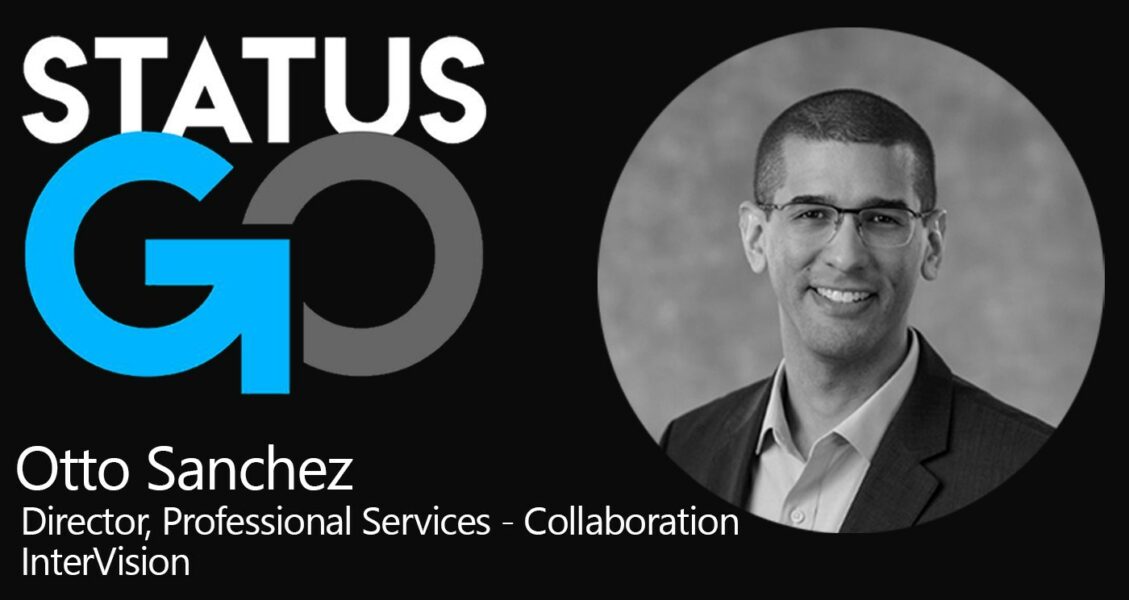With the list of possible disruptive events that can take a business offline growing in number year over year, it’s no surprise so many organizations’ leaders are now asking IT departments to strengthen their stance against these threats. But what role can DRaaS and the cloud play in ensuring this greater resiliency?
Disaster Recovery as a Service (DRaaS), like its cousin Backup as a Service (BaaS), provides technology to ensure business continuity, a target site and infrastructure, and the management of the process that it takes to ensure its success—all delivered to you as a service. The key for DRaaS is that the target site and infrastructure are in the cloud, rather than in a on-premises datacenter as a traditional DR solution might usually entail. The management is provided by a team of professionals who live and breathe DR and backups, which allows your IT staff to reallocate valuable time to business projects of greater daily importance.
A recovery time objective (RTO) means the time it takes to stand up the disrupted technology, but the problem is that it’s not True RTO.
Upon requesting the recovery, InterVision was able to bring up 40 terabytes of critical file servers and restore connectivity in their hosted recovery datacenter.
InterVision executed the DRaaS solution to AWS, then tested it for verification. It has given them confidence in recovery, freed up their IT team to focus on other priorities, and has enabled the ability to scale as the company grows.
Deciding which target or targets are right for your DRaaS strategy can be complex. Some of the factors end up being tradeoffs, speed vs. cost.
Traditional norms were no doubt disrupted in 2020, which makes 2021 predictions a big question mark of how things will evolve. As we reflect on lessons learned from 2020, one commonality among those we saw thrive is that being prepared for the uncertain means pivoting your company toward a stance that emphasizes agility, speed and security.
How the right collaboration tools can make a big impact on your customer experience – or create “frictionless customer interaction.” Otto explains the immense effect of collaboration on the operational effectiveness and efficiency among employees and the major role collaboration plays in a rock star customer experience.
By taking the time to truly understand their business needs, service level requirements, and challenges, InterVision impressed the company. They appreciated our approach in looking at things strategically vs. tactically, especially our focus on a holistic perspective which helped to clearly translate issues for the executive and board room level.
After engaging with InterVision, the client aligned upon Disaster Recovery as a Service (DRaaS) to meet their company objectives for uptime following a disruption, as well as provide ongoing data protection.
The firm engaged InterVision to design and implement a Disaster Recovery as a Service (DRaaS) solution that satisfied their board that, in the event of a disaster, they would be able to bring critical systems back online. They satisfied their client audit, as well as proof for other clients, without significant budgetary investment because they leveraged InterVision’s expertise and technology. In addition, the IT team was freed up to focus on 80 other competing IT projects because they outsourced disaster recovery to InterVision.









